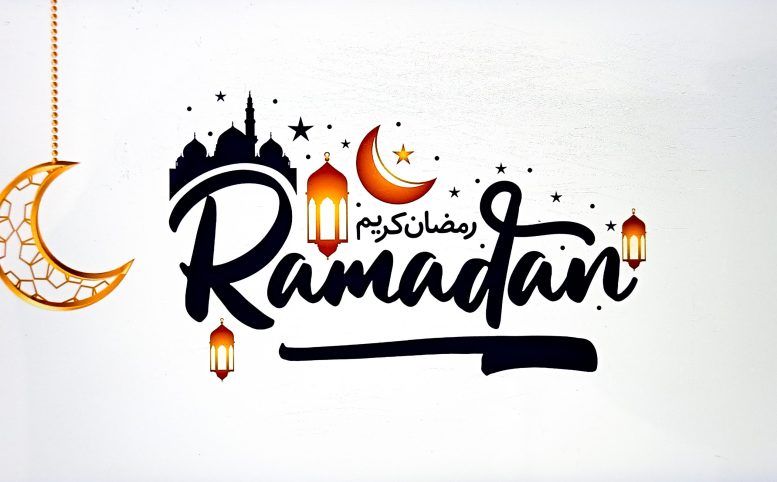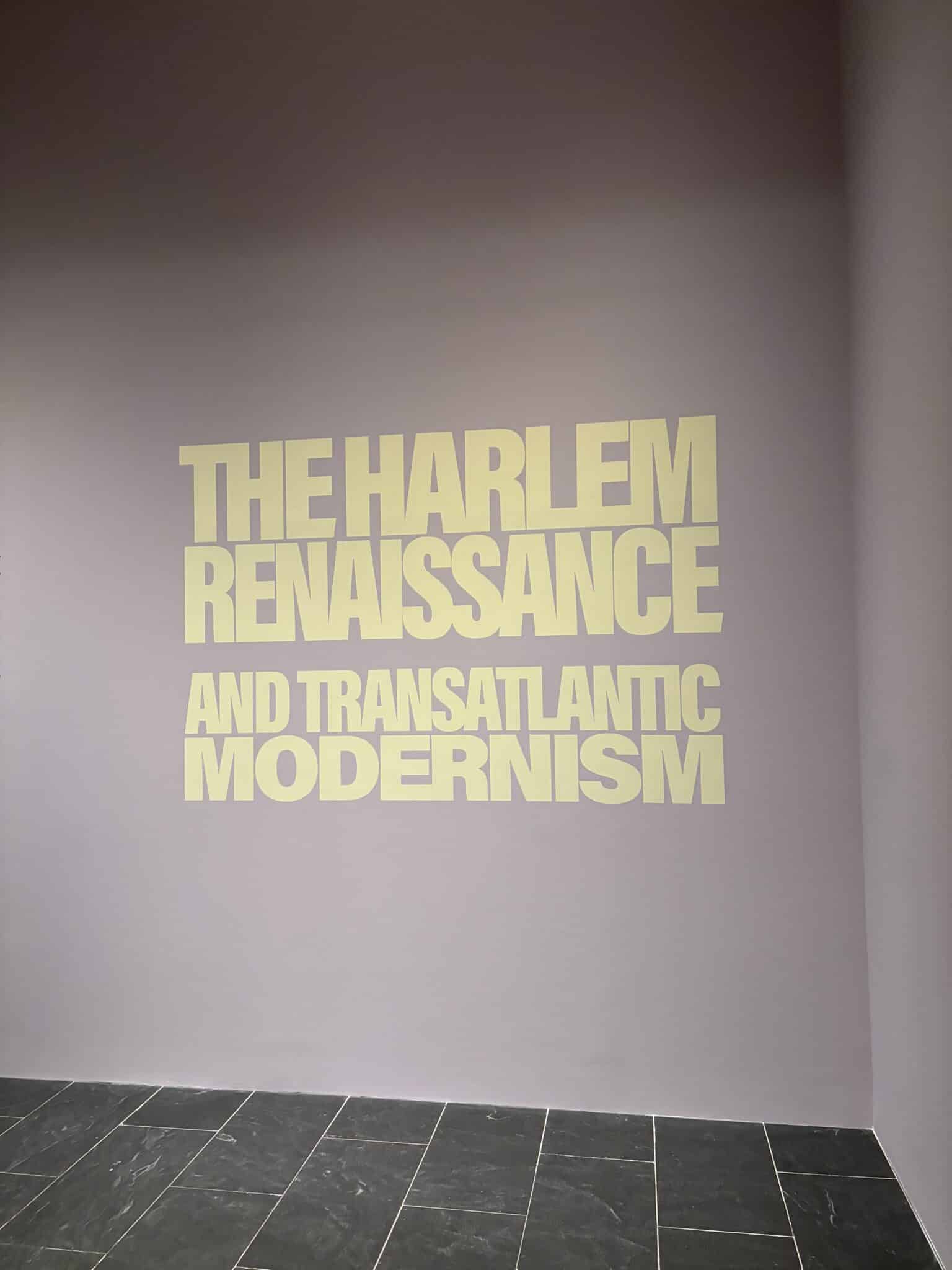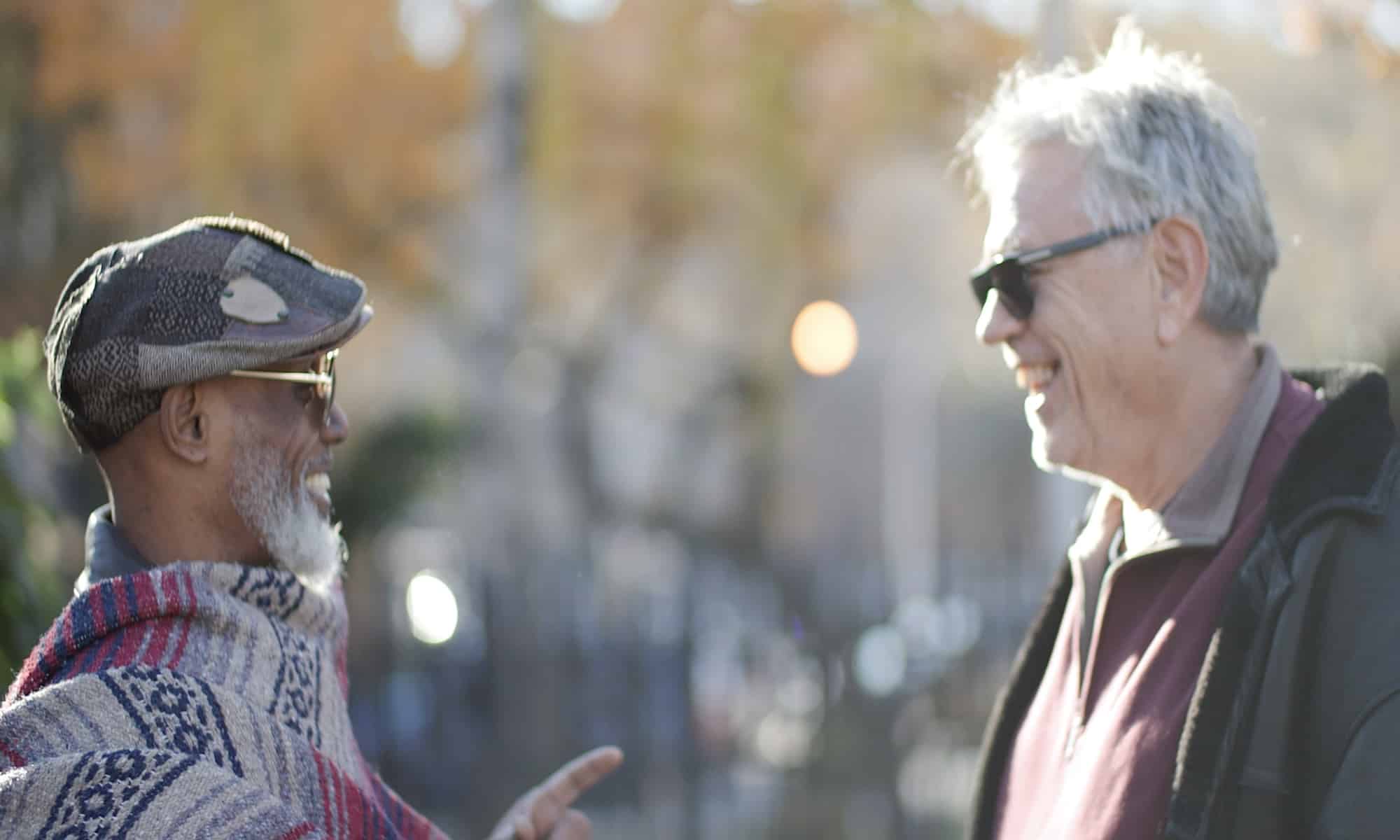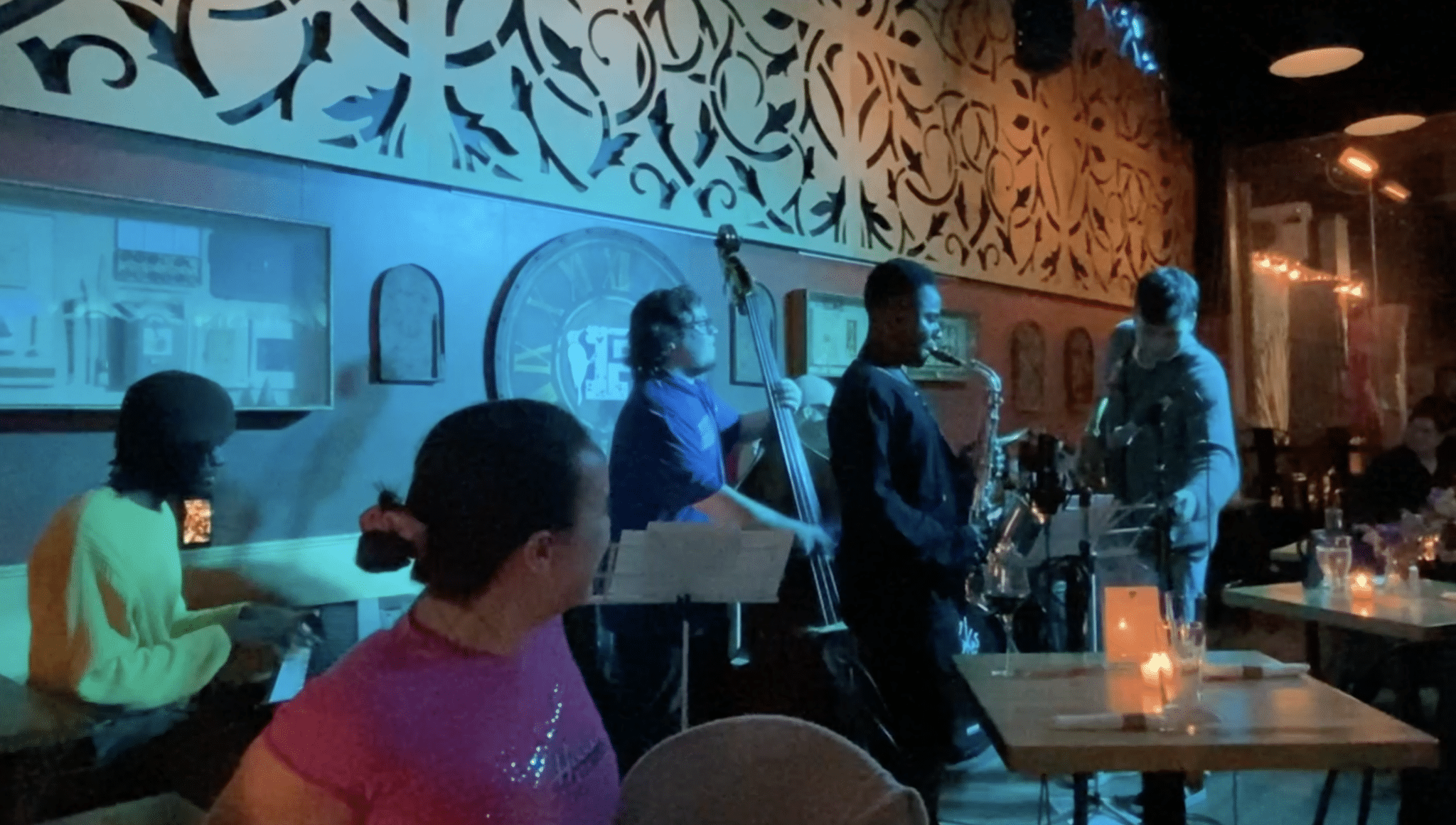The Morrisania Knights baseball team. Photo by Seth Canales.
Rayan Lachhman-Persad, a senior student-athlete at University Heights High School in the South Bronx, has become an advocate for equal opportunities in high school sports. He says students like him can’t go on to play at higher levels because their public high schools are starved of money for athletics. “There is really no opportunity to continue playing soccer after high school because public high school athletics in the lower divisions are not recognized at all,” Persad said.

A student drills on the field. Photo by Ryan Persad.
He speaks for many student-athletes in lower-income areas like the South Bronx. A lack of funding and recognition creates barriers to using their skills and pursuing their passions. Some New York City schools do not have the funding to provide even basic resources for their athletes. Persad said that at his high school, “The conditions we play under are that we get jerseys at the start of the season and give them back at the end. Players are forced to buy their own cleats, socks, and shorts, and some can’t play because they can’t afford it.”
In the South Bronx, where most residents are people of color, economic challenges intensify the struggles of student-athletes. With the median household income below the national average, according to the U.S. Census Bureau, and 26.4 % lived in poverty in 2021, basic resources are scarce. That forces athletes like Persad to purchase their own gear, leaving some unable to afford it. This highlights the urgent need for increased funding and support in these communities to help talented students to pursue their passions without financial barriers.
Beyond the material limitations, the lack of recognition at the high school level limits the prospects of talented athletes. Persad said, “I go to a developing high school in a developing neighborhood and dream of playing soccer on the big stage one day, but the only way I can do that is by paying almost 4K a year on a club to play in front of coaches that are not always scouting or even at practices or games.” Yet very few, especially in these lower-income areas of the Bronx, can afford to attend a special camp.
Students like Persad would like financial support for sports like soccer that would put their students on equal footing with private schools and schools in other communities like those that play in higher divisions like A and AA.
Most public high schools including University Heights play under the Public Schools Athletic League (PSAL). Its website explains, “The mission of the PSAL scholastic athletics program is to provide opportunities for educating New York City students in physical fitness, character development, and socialization skills; to enhance the academic experience through association with enjoyable activities; and to improve students’ capacity for learning through better physical health.”
There is no focus on athletic opportunities after high school. College scouts don’t attend PSAL games but they do attend games of neighboring private and religious schools. “They’ve had college coaches in September. They’ve had college coaches in October. Public schools, their kids, no chance,” said Cardozo High School basketball coach Ron Naclerio.
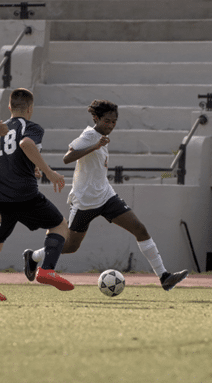
Students playing in a soccer match. Photo by Ryan Persad.
Many New York City students rely on scholarships to attend college and those who are not gifted academically but who have athletic talent are stripped of this opportunity to pursue their education. “If there was more funding for all high school sports, I believe that many more players with talent that aren’t high class can be recognized as future talent,” Persad said passionately.
The competition is fierce for athletic scholarships. More than 800,000 high school students play soccer, but less than two percent of them will receive scholarships to play in college, according to The National College Scouting Association (NCSA). Their website points out the financial benefits of getting a soccer scholarship to college, “Getting a men’s soccer scholarship is an incredible opportunity for a student-athlete to finance their education while continuing to compete after high school.” But getting a scholarship seems out of reach for New York City High School students like Persad.
Seth Canales was a senior on the Morrisania Knights baseball team in 2020 said, “It was difficult for us to even practice since we didn’t even have our own field. We used the local Crotona Park baseball field where homeless people would be sleeping on the benches and the outfield grass would be covered with needles.”
It was a tough learning experience he explained, “We worked our butts off that season just to get kicked out in the first round of the playoffs against some rich school in Queens. They had a whole turf field right behind the school with their own batting cages. I am not making excuses, I am just pointing things out. The difference in playing conditions in schools that are only a few stops away by train is clear.”
Canales tried playing baseball for Bronx Community College but said, “It’s all or nothing, either they are paying for you to play ball or you are just doing it as an extracurricular activity. I can’t afford that. I need to be working a job to even afford to take classes.”
This is the path Canales and Persad and many other student-athletes fear and want to change. Persaud hopes education administrators and others hear his plea. He said, “We might be able to provide these young talented athletes the opportunity they need to display and be rewarded for their talents.”
Tags: Cardozo High School Morrisania Knights Rayan Lachhman-Persad Ron Naclerio Samir Rayman Seth Canales soccer University Heights High School
Series: Community

